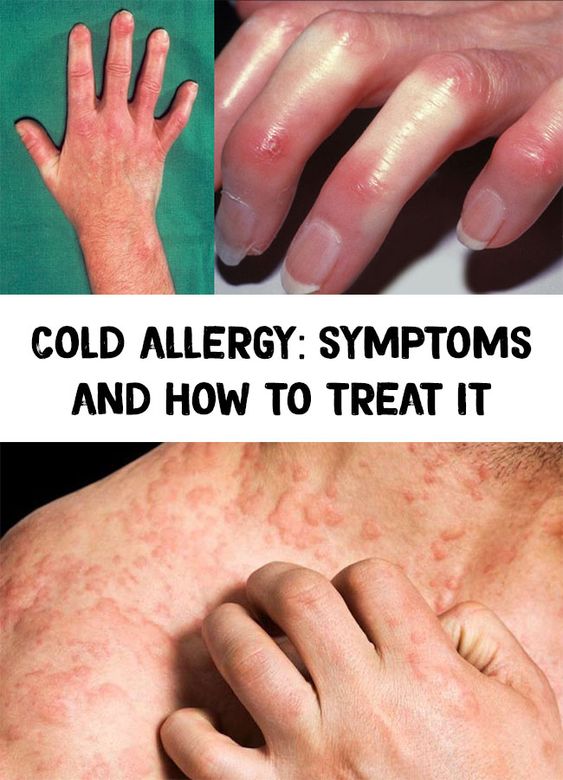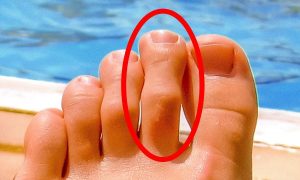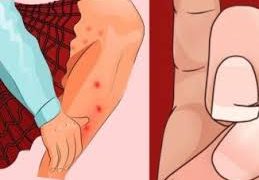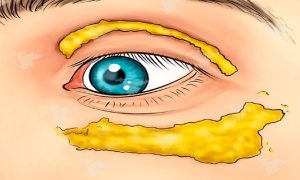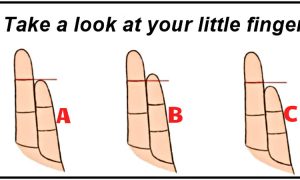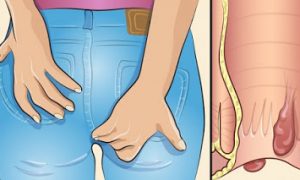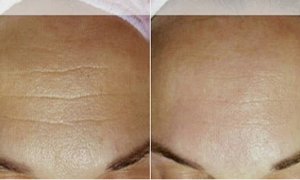Cold allergy or low-temperature allergy is characterized by redness, itching, hives and inflammation of the skin that has been exposed to low temperatures. People who suffer from cold allergy should avoid both cold temperatures and cold water. For example, swimming in cold water, which can cause fainting, heat shock, and even death.
Symptoms of cold allergy begin immediately after the skin is exposed to low air or water temperatures. Although the symptoms are present during exposure to cold, they get worse when the skin gets warm. The majority of reactions occur when the skin is discovered at temperatures lower than 4 degrees (but some people may experience symptoms even at higher temperatures). Humidity and wind can predispose to this health problem.
Signs and symptoms may include:
– reddish urticaria accompanied by itching in the area of the skin that has been exposed to cold, which generally persists for about half an hour
– swelling of the hands when they come in contact with a cold object
– swelling of the lips when cold food is consumed
– in rare cases, severe swelling of the tongue and throat may occur, which can block the breathing (pharyngeal edema).
Medicines can help prevent and diminish these manifestations. Among the treatments used to treat cold allergy are included:
– antihistamines – that block the release of histamines and prevent the appearance of specific symptoms. Some of these may be available without a prescription, and others only after a doctor’s recommendation.
– cyproheptadine – this medicine is an antihistamine that acts on the nerve impulses that cause symptoms.
– doxepin – the medicine is normally used to treat anxiety and depression, but can also relieve symptoms of cold allergy.
However, all these measures will not cure the allergy to cold but only keep the symptoms under control. If the cold allergy is caused by certain health problems, other medications or treatments, you may need other treatment to combat it.


